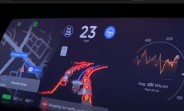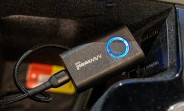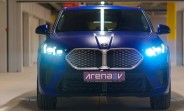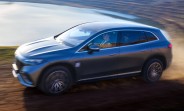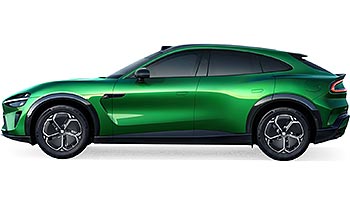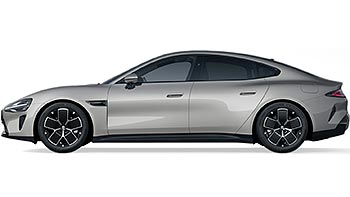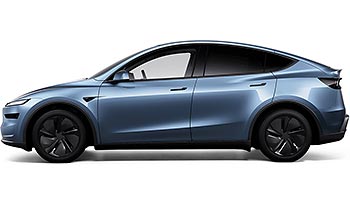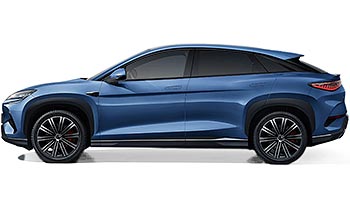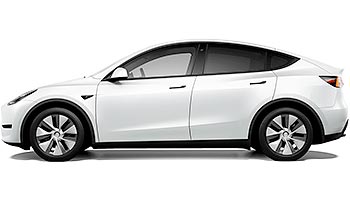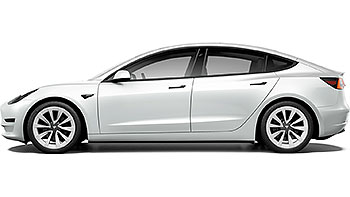Tesla Robotaxi arrives, but is actually operated by a human
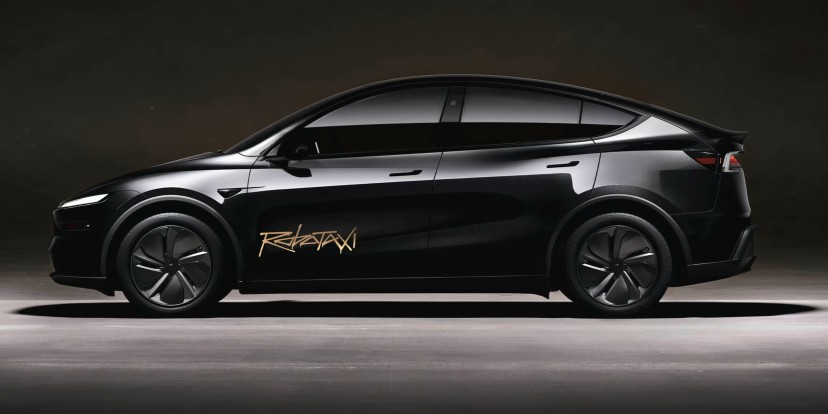
Tesla has officially brought its ride-hailing service to the San Francisco Bay Area, operating under the futuristic "Robotaxi" brand. Users in the region can now summon a Tesla through a dedicated app. However, the launch comes with one very human-sized catch: a person is still doing the driving. The name on the app suggests a leap into an autonomous future, but the service is more similar to conventional ride-hailing platforms like Uber and Lyft.
For the potential customers, the experience is nothing unusual. A Tesla electric car, likely equipped with the company's "Supervised Full Self-Driving" (FSD) system, arrives to provide a ride. The key difference from the long-promised vision of a driverless fleet is the presence of a "vehicle operator." This makes the service functionally identical to any other ride-hailing trip taken in a privately owned Tesla where the owner is the driver. The broad service area in the Bay Area has been noted, but its operational reality places it in direct competition with existing services, not the driverless shuttles operated by competitors like Waymo.
You can now ride-hail a Tesla in the SF Bay Area, in addition to Austin https://t.co/53dG2dDhdW
— Elon Musk (@elonmusk) July 31, 2025
This launch strategy in California raises obvious questions, particularly on the regulatory front. Operating a true autonomous vehicle service in the state requires specific permits from both the Department of Motor Vehicles (DMV) and the California Public Utilities Commission (PUC). Documents reveal that state agencies grew concerned after hearing comments from Tesla employees about an imminent launch of a driverless service. In response, Tesla's legal team clarified to regulators that the company was only planning to introduce a standard ride-hailing service for a select group of employees, friends, family, and members of the public. And by simply keeping a human driver in control, Tesla sidesteps the rigorous autonomous vehicle regulations entirely.
Companies like Waymo have to submit detailed data reports to the state. These reports include safety metrics, such as how often the autonomous system has to be disengaged by a human safety driver. By operating as a simple ride-hailing service, Tesla doesn't need to report any such data on its FSD system's performance. Based on crowdsourced data, the consumer version of Tesla's FSD system requires human intervention roughly every 500 miles.
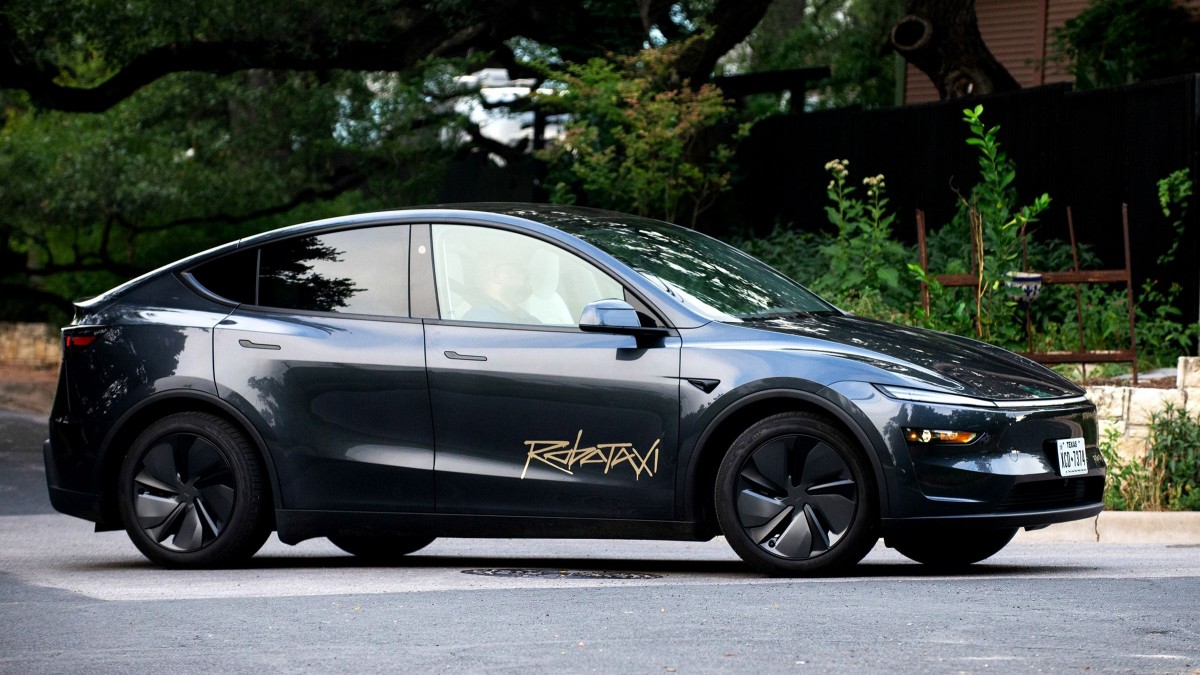
This strategy isn't unique to California. In Austin, Texas, Tesla operates a similar service where the "driver" is repositioned as a "safety monitor" in the front passenger seat. Texas law permits this arrangement, which allows Tesla to create the appearance of a more advanced system. However, these monitors have access to a kill switch to stop the car, confirming that the vehicle is still under human supervision. This "nationwide" push, with Tesla now looking for drivers in nine other US cities, appears to be part of a broader marketing effort to project leadership in the autonomous space, even if the underlying technology isn't actually driverless.
The "Robotaxi" name is being used by Tesla for a service that still relies on human labor in what is seen as a direct response to the rapid expansion of competitors who are already operating fully driverless vehicles in select cities. As other companies make tangible progress, Tesla appears to be leveraging its brand and its vast fleet of consumer electric cars to create the impression of a competing service. And that's what it is - an impression.
